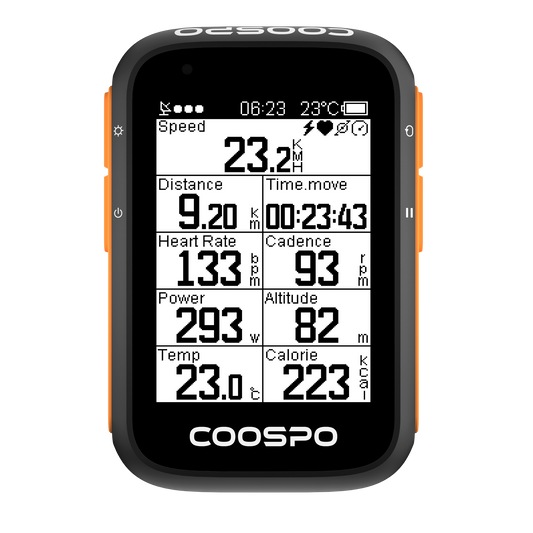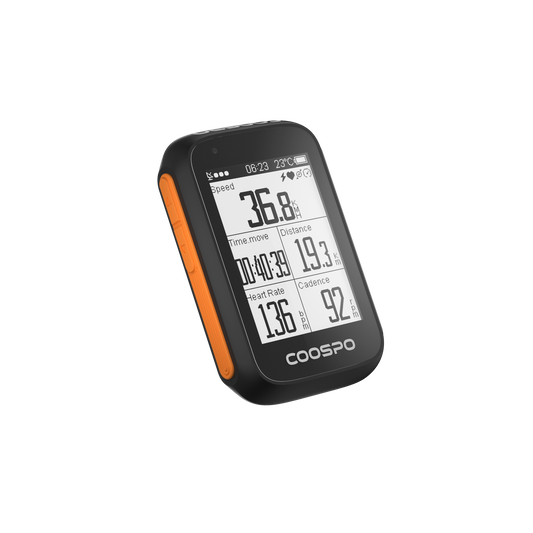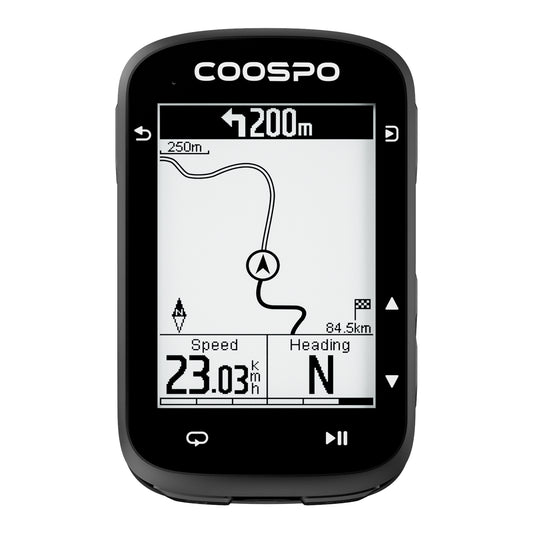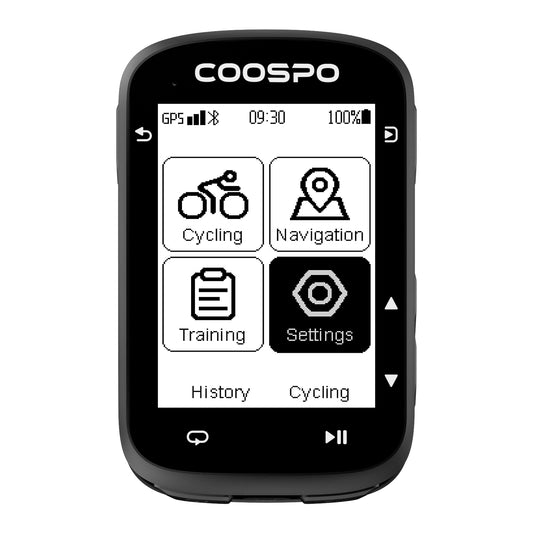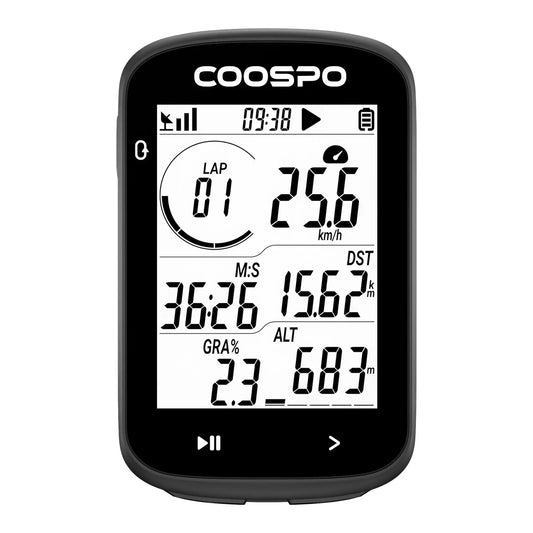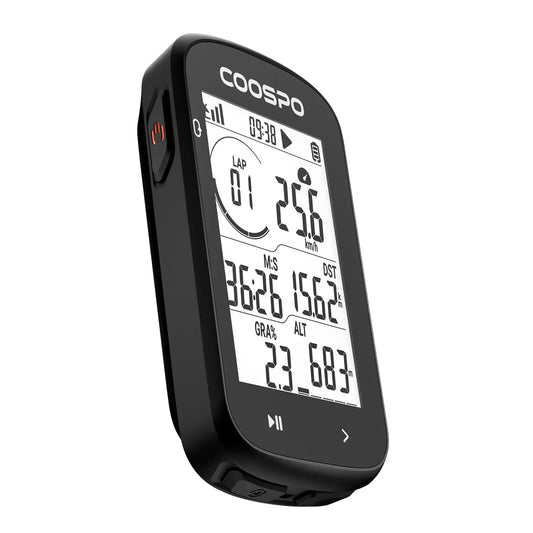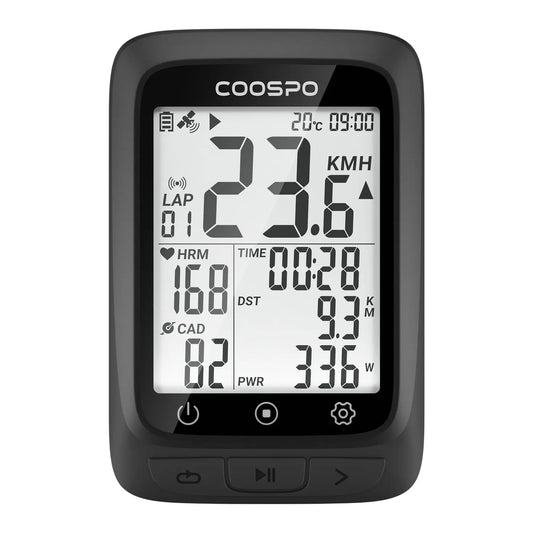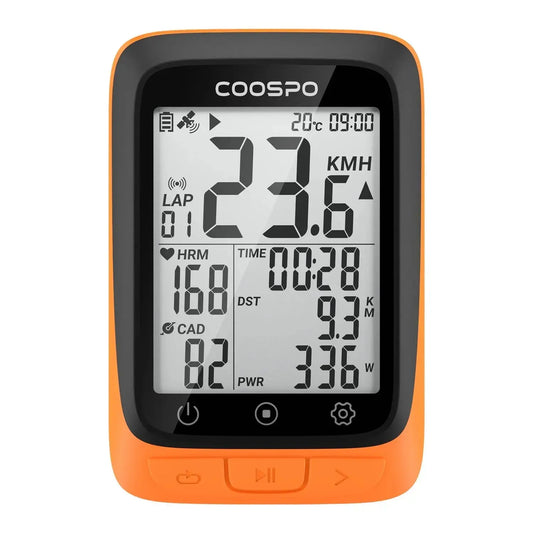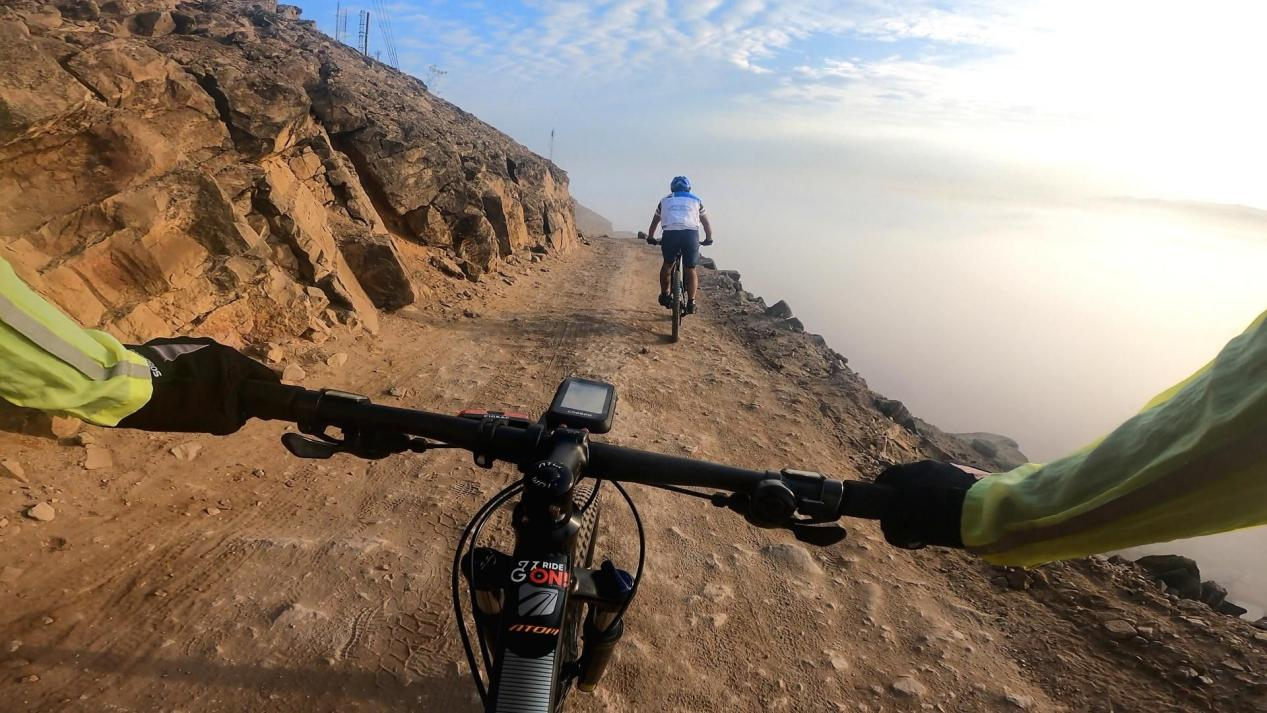Pedaling For Weight Loss: What's Your Calorie Burn When Cycling?
Pedaling For Weight Loss: What's Your Calorie Burn When Cycling?
Cycling is not just a way to get around or have fun, it's also a great way to burn calories and lose weight. Whether you ride occasionally or you're really into it, cycling can make a big difference in your weight loss efforts. We'll explain how many calories you can burn while riding a bike and how far you need to ride to reach your calorie goal.
Get into gear: bike rides burn calories
Cycling is a great way to burn calories and it's easier to incorporate into your daily routine than many other endurance sports. Regular cycling can reduce the risk of cardiovascular disease and high blood pressure by over 60%. When you ride a bike, your heart pumps more blood around your body, which uses energy and helps with weight loss.
However, the potential for a substantial increase exists as the duration of rides extends. While initially, daily commutes to work, school, or university may seem enjoyable and active on sunny days, it becomes apparent that essential gear can also make rainy days exhilarating. Embrace the freedom from traffic congestion, conserve fuel or bus fares, and promote fat burning.
How many calories does riding a bicycle burn?
Participating in activities like jogging or swimming for more than 30 minutes can greatly improve your physical fitness and help with weight loss. Running for 30 minutes can burn 250 to 500 calories, while swimming for the same amount of time can burn 300 to 400 calories, and the front crawl stroke can burn up to 450 calories.
So how many calories does cycling burn? The number of calories burned while cycling varies depending on several factors, including your weight, cycling intensity, duration and terrain. Research published in the Journal of Sports Sciences indicates that cycling at a moderate intensity of 12-13.9 miles per hour (mph) can lead to calorie expenditures ranging from 500 to 750 calories per hour for a person weighing 155 pounds.
Why is cycling so healthy?
Cycling for over thirty minutes provides a stimulating workout for the cardiovascular system and helps to build strength in both small and large muscle groups. Since roughly 80% of the body's weight is supported by the saddle while riding, it is considered a low-impact form of exercise, making it gentle on the joints while still delivering an effective cardiovascular workout. As a result, cycling is a suitable activity for most individuals, including those who may find it challenging to engage in other forms of physical activity.
Furthermore, cycling serves as an excellent means to enhance mental health. The consistent and meditative act of pedaling has been shown to alleviate stress, anxiety, and depression, as well as improve mood and cognitive abilities. Additionally, the experience of being outdoors and discovering novel paths adds an element of thrill and exploration to one's fitness regimen.
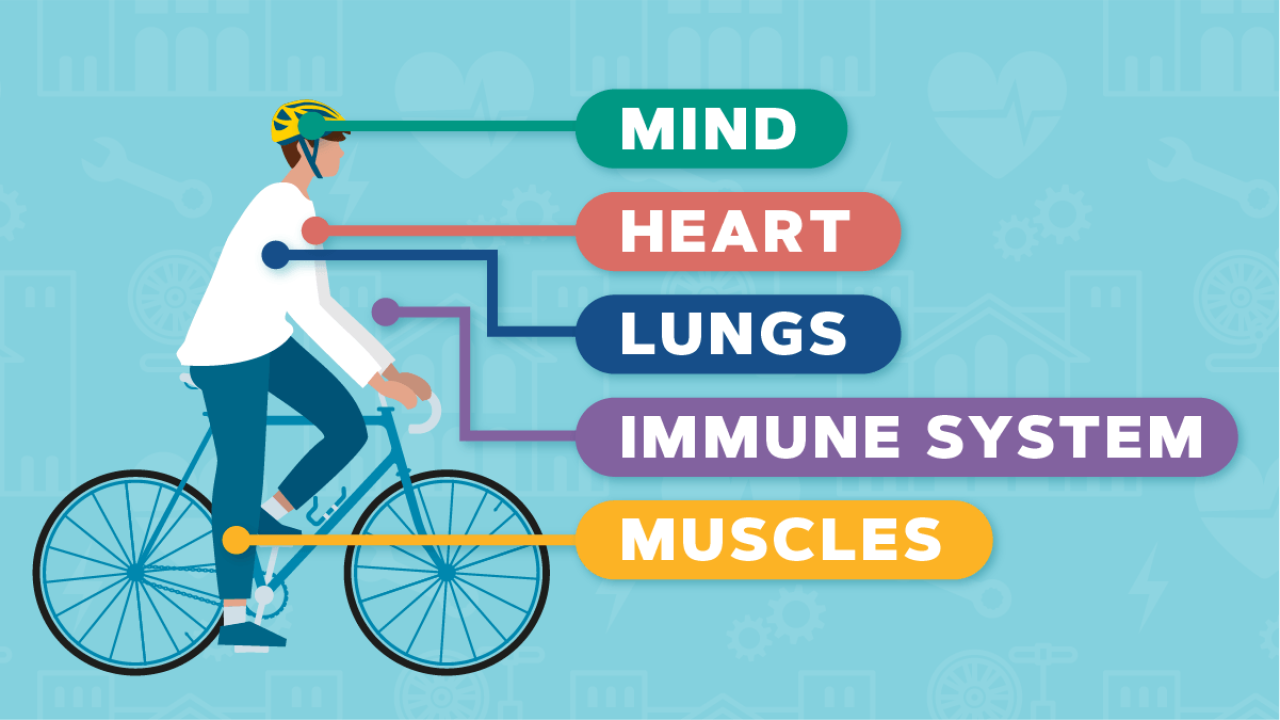
How fast do you need to cycle for a high-calorie burn?
The faster your cycling pace, the higher your calorie expenditure per hour. As a rough estimate, the calorie consumption for 60 minutes of cycling would be as follows:
- Speed up to 15 km/h ≈ 300 kcal
- Speed up to 18 km/h ≈ 420 kcal
- Speed up to 22 km/h ≈ 600 kcal
- Speed up to 28 km/h ≈ 850 kcal
- Speed over 28 km/h ≈ 1,000 kcal
To burn the most calories, aim for a moderate to vigorous level of activity during exercise. For example, riding a bike at a speed of 18 km/h for thirty minutes burns about 210 calories. If you want to burn 1,000 calories during a bike ride at the same speed, you would need to keep up that pace for around 2.5 hours. Remember to listen to your body and increase your speed and intensity gradually to avoid overdoing it and getting hurt.
How many calories does riding a bike burn per kilometre?
Just because you walk or run a certain distance doesn't mean you're burning a specific amount of calories. How fast you're moving and how hard you're working make a big difference. The hills and wind can also affect how many calories you use.
When you pedal as fast as you can on a racing bike, you will use up fewer calories to cover 10 kilometers compared to cycling 40 kilometers on a leisurely trekking bike at 15 kilometers per hour.

The following values can approximate the average calorie consumption for medium cycling speeds for distance traveled:
Fat burning with the right heart rate
For maximum calorie burn while biking, it's best to keep your heart rate within a specific range during your training sessions. You can do this by using a heart rate monitor or a bike computer to track your heart rate throughout your ride. Coospo heart rate monitor and bike computer can connect to each other so you can directly check your real-time heart rate when you are cycling.

To burn fat effectively, aim to keep your heart rate at 60-70% of its maximum during exercise. Although working out at this intensity may primarily burn fat for energy, higher-intensity workouts can help you burn more total calories, including fat calories.
How does the calorie consumption differ between a road bike, city bike and MTB?
The type of bike you ride can influence your calorie expenditure to some extent.
On the road, you will burn more calories riding a mountain bike than a road bike. This is because road bikes are designed for speed and have narrow tires and an aerodynamic frame, resulting in low resistance. On the other hand, mountain bikes have wider tires with treads for better grip on rough terrain, but this means more resistance on the road, requiring more effort and burning more calories.
If you want to burn more calories while cycling, try adding some weight to your bike. This will make it harder to pedal, especially when you're going up hills, so you'll burn more calories.



